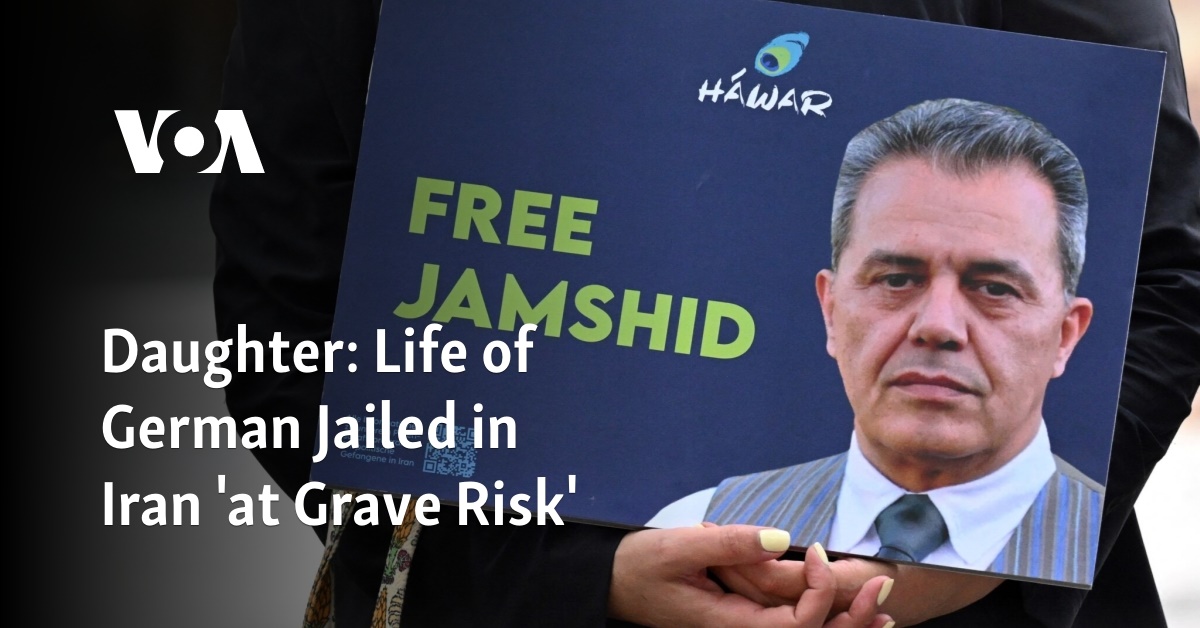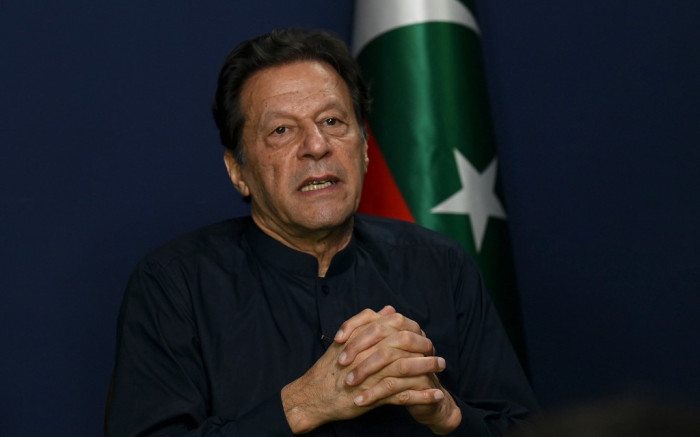
On November 1, less than a month after Israel’s attack on Gaza, US President Joe Biden’s administration announced a national strategy to combat Islamophobia. The move came as anti-Muslim incidents increased across the country.
On October 14, Wadea Al-Fayoume, a six-year-old Palestinian-American child, was was stabbed in Chicago, while his mother was critically injured in a racially motivated attack by her landlord. Five days later, Jasmer Singh, a 66-year-old Sikh man, was beaten to death in New York City by a man who shouted “turban man.” (Ordinary Sikhs are often confused with Muslims.) On October 28, Muslim American doctor Talat Jehan Khan was stabbed to death in Texas.
Biden’s initiative was reflected in some US academic institutions adopting measures to combat Islamophobia, typically in parallel with measures to prevent anti-Semitism. Stanford, the University of Maryland, Columbia and Harvard are among the educational institutions that have announced such initiatives.
But the White House’s strategy to combat Islamophobia has been met with widespread contempt and ridicule. X users (formerly Twitter) responded to Vice President Kamala Harris’ announcement of the initiative with criticism and pointed questions about US complicity in the atrocities in the Gaza Strip. On campus, the crackdown on pro-Palestinian activism and advocacy has belied universities’ anti-Islamophobia initiatives.
These reactions reflect growing opposition among Muslim Americans to attempts to replace systemic political demands with ones focused on intolerance or exclusion. This represents a break from the last two decades, when a focus on cultural acceptance or interfaith dialogue rather than political criticism and action characterized Muslim American advocacy and organizing.
This change was evident at the funeral of the murdered child Wadea, which was attended by thousands and became a veritable rally of Free Palestine. Speakers condemned the pro-Israel bias of US media coverage, the blank check the US gave Israeli occupation forces to commit atrocities, and the years-long siege of the Gaza Strip that has made life difficult for its residents. Wadea’s death was mourned not as an expression of anti-Muslim bigotry or hatred, but as a grisly domestic flashpoint in the US-Israel alliance.
A similar position was adopted after the Shooting of three Palestinians College students in November, whose keffiyeh scarves likely marked them for the attack. When asked about the attack, Kinnan Abdalhamid, one of the survivors, insisted that the focus should remain on calls for a permanent ceasefire in Gaza rather than his personal experiences.
Abdalhamid’s friend Hisham Awartani, who was paralyzed from the waist down by the shooting, also refused to turn his ordeal into an example of anti-Muslim intolerance. Awartani said he was just “a victim in a much larger conflict.” If I had been shot in the West Bank, where I grew up, the Israeli army would probably have withheld the medical care that saved my life here. The soldier who shot me would go home and never be convicted.”
Meanwhile, Muslim and Arab communities have demonstrated en masse, demanding an end to U.S. material support for Israel and an immediate, permanent ceasefire.
This mobilization is a far cry from the dynamics of the last two decades, like mine Research about Muslim multiculturalism during the years of the “War on Terror.”
After 9/11, Muslim American organizations engaged in cultural and recruitment projects to address misconceptions about their communities. Many believed that changing American perceptions (by educating people about the meaning of Hajj or Ramadan or refuting stereotypes about the hijab) would legitimize the Muslim presence in the United States. In my ethnographic fieldwork, I was told that raising questions about U.S. militarism would threaten the fragile project of Muslim American legitimacy.
During these years there were a variety of cultural awareness events. Muslim student associations held Islamic awareness weeks on university campuses, again motivated by the belief that correcting misconceptions about Muslims would defeat Islamophobia. An annual International Hijab Day invited non-Muslim women to wear a headscarf in solidarity with Muslim women. Museum exhibitions showcased inventions from the Muslim world.
Diversity initiatives such as Gap’s, which featured Sikh actor Waris Ahluwalia in an advertising campaign, received widespread praise. After a billboard advertising the ad was defaced with racist graffiti, Gap used it as a Twitter banner to celebrate their diverse cast and inspire a viral #thankYouGap campaign across Sikh and Muslim America.
Muslim American activists also joined various interfaith initiatives, such as the Sisterhood of Salaam-Shalom, which aimed to bridge Muslim-Jewish divides through dialogue and friendship, and NewGround: A Muslim-Jewish Partnership for Change, whose mission was to bridge Muslim-Jewish divides to build trenches. Jewish relations.
Not all Muslim Americans have embraced these initiatives. Some often marginalized voices expressed sharp criticism, accusing such programs of “faithwashing,” that is, using interreligious dialogue to distract from the Israeli state’s colonial violence against the Palestinian people. For these critics, blackberries of tolerance and understanding made Palestinian dispossession a matter of opinion and individual differences, while resistance to Israeli apartheid was explained in terms of an alleged “primitive hostility” between Jews and Muslims that could be overcome through social exchange.
Similar disruptions occurred around the annual Ramadan dinner organized by the White House, which brings together Muslim American leaders for an iftar meal with the president. President Bill Clinton’s administration held the first community iftar at the White House, and every president since then has followed suit. Even Donald Trump, who issued a “Muslim ban” during his presidency, hosted the event while in office.
While some viewed the White House Iftar as a chance for Muslims to engage with America’s rulers, others condemned the participants for breaking with the architects of coups across the Muslim world, assassination programs and the systematic surveillance and deportations of Muslims had. Many Muslim American organizations boycotted the 2021 White House Iftar, citing Biden’s policies toward Israel.
Today, these divisions within the Muslim and Arab communities are closing. Muslim America is united with increasing fervor and is demanding a change in U.S. Middle East policy.
The refusal of Muslims and Arabs to support Biden, particularly in key states like Michigan, has alarmed Democratic Party leaders. “I believe,” writes Palestinian-American scholar Steven Salaita, “that liberals who expect Arab Americans to forget Biden’s advocacy of Zionist genocide as November approaches are deeply mistaken.”
The rejection of attempts to launder faith is now widespread. Muslim Americans are joined by legions of non-Muslims committed to the liberation of Palestinians. Instead of wishing for more colorful boardrooms or government contacts on the issue of Islamophobia, they now keep an eye on the ongoing system of apartheid and its undeniable project of ethnic cleansing and genocide.
Biden’s national strategy against Islamophobia has failed with Muslim voters. It remains to be seen whether this will be enough to push this bloc of voters beyond two-party electoral politics and instead opt for third-party options and mass movement organizing. Still, it marks a seismic shift in the Muslim American consciousness, which no longer accepts cultural tolerance and interfaith understanding as a solution to the empire’s problems.
The views expressed in this article are the author’s own and do not necessarily reflect the editorial stance of Al Jazeera.






Recent Comments